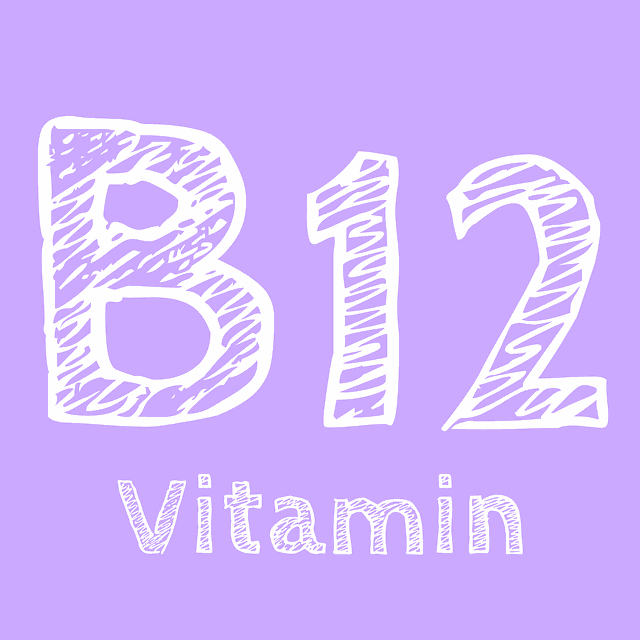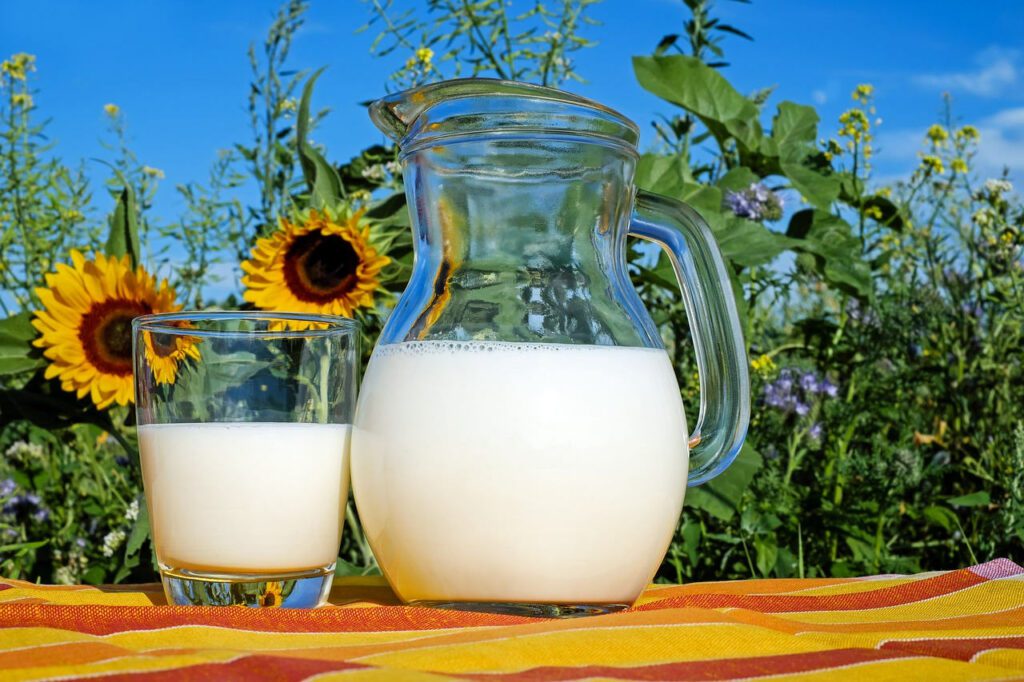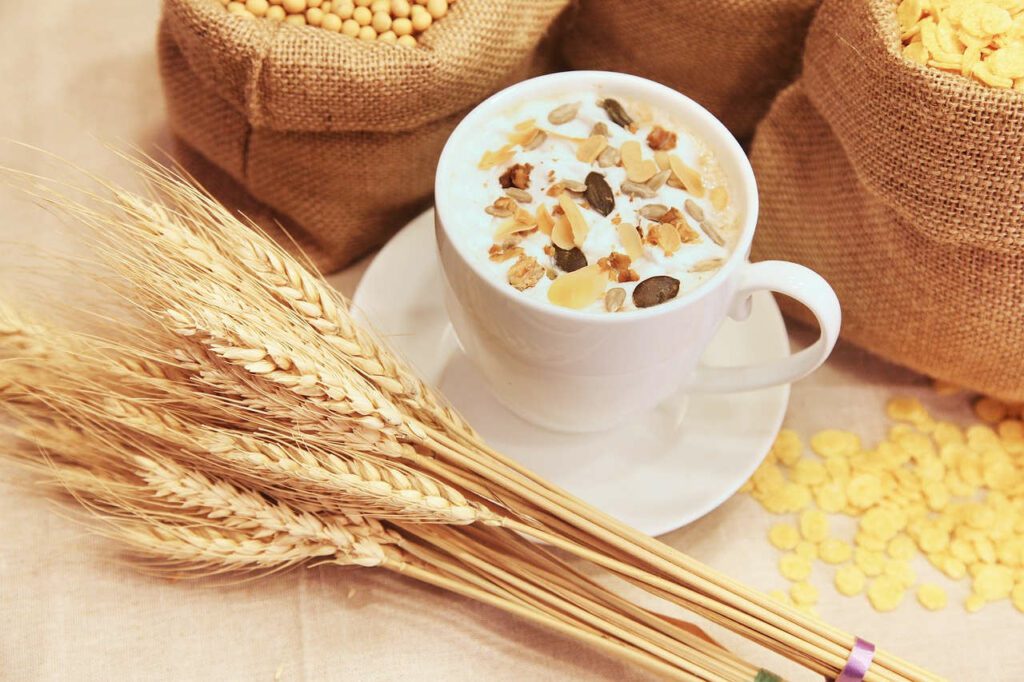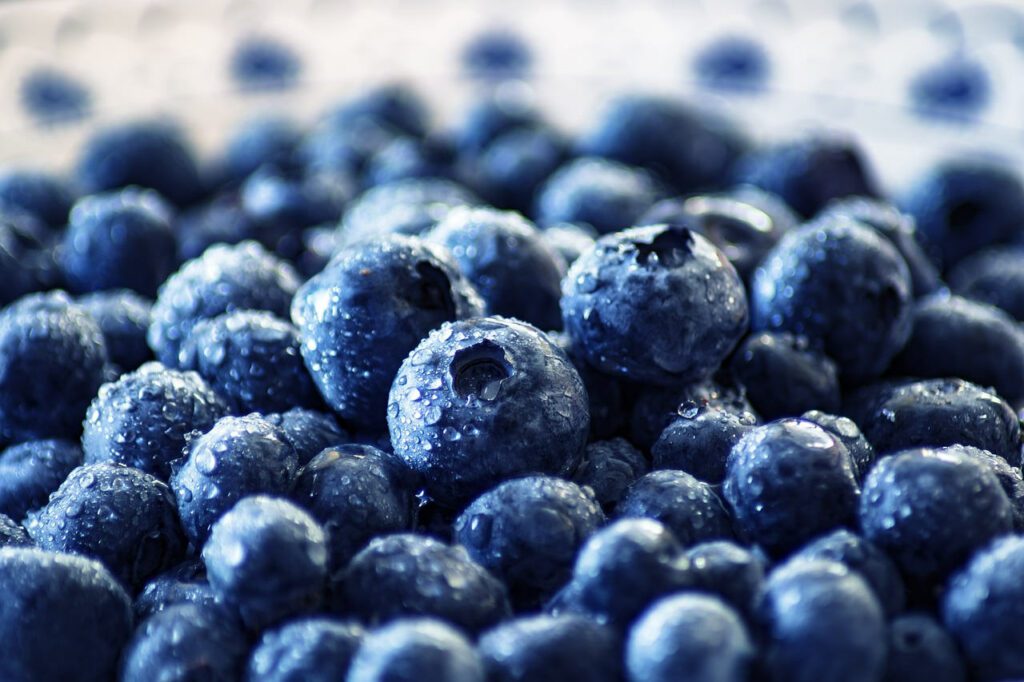The journey towards optimal health is a labyrinth of choices, shaped heavily by our dietary decisions. The United States Department of Agriculture lays emphasis on a diet that captures the vast spectrum of essential nutrients from varied food sources. Yet, it is crucial to delve deeper into which nutrients are indispensable for our well-being and the best food sources to obtain them. This detailed guide aims to demystify the intricate world of nutrition and provide an all-inclusive perspective on a balanced diet.
1. The Vital Vitamins: A Closer Look
– Vitamin A:
- Function: Often hailed as the ‘vision vitamin’, it plays an instrumental role in ensuring good eyesight. Beyond vision, it’s the sentinel of our immune system, guarding against infections.
- Sources: Cod liver oil stands as a gold standard source, but for vegetarians, dairy products, sweet potatoes, and dark green leafy vegetables, like kale and spinach, serve as excellent alternatives.
– B Vitamins:
- More than just alphabet placeholders, the B vitamins are the unsung heroes of our metabolic processes.
- B1 (Thiamin): Think of it as the body’s energy converter, transforming the carbohydrates we consume into energy our cells can utilize. Essential sources encompass whole grain breads, oatmeal, and brown rice.
- B2 (Riboflavin): It’s an active player in energy production and cellular function. Beyond fortified cereals, you can acquire B2 from lean meats, eggs, and even some green veggies like broccoli.
- B3 (Niacin): Beyond digestion, Niacin wears multiple hats— from DNA repair to skin health. Salmon is a standout source, but for the non-fish lovers, turkey, chicken breast, and even peanuts are rich in B3.
- B6: It acts as a cognitive booster, aids in hormone control, and even combats heart diseases. Reach for chickpeas or even sunflower seeds to meet your daily intake.
- B12: Essential for nerve function, synthesizing DNA, and rejuvenating red blood cells. Seafood, particularly mussels and clams, are powerhouses, but poultry and soybeans also offer ample amounts.

– Vitamin C:
- Function: Beyond its fame for boosting the immune system, it’s pivotal for collagen synthesis, essential for skin, cartilage, and bones.
- Sources: While oranges are a household favorite, don’t forget strawberries, papayas, and even Brussels sprouts which are equally potent.
– Vitamin D:
- Function: Aptly termed the ‘sunshine vitamin’, it’s not just about bone health. It influences genes that regulate cell growth and immune function.
- Sources: Direct sunlight is ideal, but for those in gloomier climates, fortified dairy products, and fatty fish like mackerel can compensate.
– Vitamin E:
- Function: This antioxidant warrior combats free radicals, protecting skin from damage and aging.
- Sources: While almonds are a popular source, seeds like sunflower and even avocados pack a hearty dose.
– Folic Acid:
- Function: It’s not just crucial for expectant mothers. It plays a role in cell division, and recent studies even link it to mental health.
- Sources: Leafy greens stand supreme, but don’t forget asparagus or even beetroot.
2. The Mighty Minerals: Digging Deeper
Calcium:
- Function: Beyond the skeletal framework, it’s vital for muscle function and even plays a role in blood clotting.
- Sources: Yogurt and cheese are calcium-rich, but for the dairy-averse, kale and even figs are worthy alternatives.

– Copper:
- Function: Integral for energy production, it also aids in neurotransmitter synthesis.
- Sources: Beyond seafood, cashew nuts and sesame seeds are fantastic sources.
– Iron:
- Function: Think of it as the ‘oxygen transporter’. It ensures every cell gets the oxygen it craves.
- Sources: Lentils, chickpeas, and turkey provide hefty amounts.
– Potassium:
- Function: It’s the heart’s best friend, ensuring every beat is in rhythm. It also regulates fluid balance.
- Sources: Beyond the famous banana, sweet potatoes and spinach stand tall in potassium content.
– Zinc:
- Function: It’s the body’s healing agent, playing a role in taste, smell, and even eyesight.
- Sources: Beef and lamb are prime sources, but vegetarians can reach for chickpeas and quinoa.
3. The Essence of Macronutrients
– Proteins:
- Function: Often termed the ‘building blocks’, they’re integral for tissue repair, hormonal production, and enzyme synthesis.
- Sources: Beyond meats, tofu, and legumes stand as protein-rich alternatives. More about proteins here.
– Carbohydrates:
- Function: They’re the body’s primary fuel source. And they’re essential for cognitive functions.
- Sources: Quinoa, barley, and whole grain bread are top choices, ensuring sustained energy release.

– Essential Fatty Acids:
- Function: These are the good fats, playing a role in brain health, inflammation, and even mood regulation.
- Sources: Flaxseeds, walnuts, and fatty fish like salmon are brimming with these essential fats.
4. Achieving Balance: Crafting Your Diet
Navigating the nutrient maze can be daunting. But integrating them isn’t about strict choices, but balance. For every nutrient, there’s a plethora of sources.
For a holistic diet, diversify your intake. Start with vibrant veggies, whole grains, lean proteins, and don’t forget those healthy fats. Remember, every meal is an opportunity to nourish your body.

Conclusion
Nutrition is both a science and an art. With this exhaustive guide, the path towards a nutrient-rich, health-boosting diet becomes clearer. Dive deep into the world of nutrients, and sculpt a health journey that stands the test of time.

